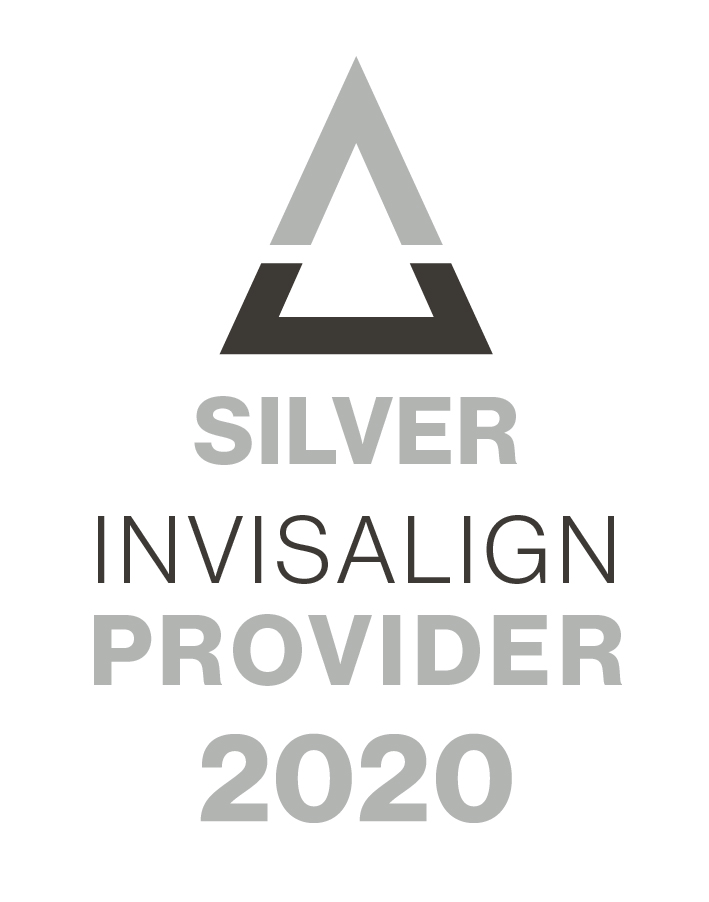Introduction: While preserving natural teeth is always a priority, there are situations where tooth extraction is the best option for maintaining oral health. At Smile Design Team, we perform extractions with the utmost care, ensuring your comfort and well-being throughout the process.
When is a Tooth Extraction Necessary? Tooth extraction may be recommended in the following situations:
- Severe Decay: When a tooth is too badly decayed to be restored with a filling or crown.
- Advanced Gum Disease: Periodontal disease can cause teeth to become loose, necessitating extraction.
- Impacted Wisdom Teeth: Wisdom teeth that do not have enough room to erupt properly can cause pain, infection, or damage to adjacent teeth.
- Orthodontic Reasons: In some cases, teeth may need to be removed to create space for orthodontic treatment.
- Infection: If a tooth infection is so severe that it cannot be treated with root canal therapy or antibiotics, extraction may be necessary.
- Fractured Teeth: A tooth that is fractured below the gumline or has a severe crack may need to be extracted.
The Tooth Extraction Process:
- Examination and Diagnosis: Your dentist will evaluate the tooth and surrounding area, taking X-rays if needed to determine the best approach for extraction.
- Anesthesia: Local anesthesia is administered to numb the area around the tooth, ensuring a pain-free procedure. For more complex extractions or anxious patients, sedation options may be available.
- Extraction: There are two types of extractions:
- Simple Extraction: For teeth that are visible and easy to remove, the dentist will use specialized tools to gently loosen and remove the tooth.
- Surgical Extraction: For teeth that are impacted or broken off at the gumline, a surgical approach may be necessary. This involves making an incision in the gum to access the tooth and may require removing some bone around the tooth.
- Post-Extraction Care: After the tooth is removed, the dentist will place gauze over the extraction site to control bleeding and promote clotting. Stitches may be needed in some cases.
Recovery After a Tooth Extraction:
- Managing Discomfort: Some discomfort and swelling are normal after an extraction. Over-the-counter pain relievers and ice packs can help manage this.
- Diet: Stick to soft foods for the first few days, avoiding anything too hot, cold, or crunchy. Avoid using a straw, as the sucking motion can dislodge the clot and lead to a condition known as dry socket.
- Oral Hygiene: Keep the extraction site clean by rinsing gently with warm salt water. Avoid brushing the area directly until it has healed.
- Follow-Up: Attend any follow-up appointments to ensure proper healing. Your dentist will provide specific instructions based on the complexity of your extraction.
Preventing Tooth Extractions: While extractions are sometimes unavoidable, regular dental checkups and good oral hygiene can help prevent the need for extractions by catching issues early when they can still be treated with less invasive methods.
Frequently Asked Questions:
- Is tooth extraction painful?
- The procedure itself is pain-free thanks to local anesthesia. Post-extraction discomfort is normal but can be managed with pain relievers and following aftercare instructions.
- How long does it take to heal after an extraction?
- Healing times vary, but most people recover within one to two weeks.
- What are my options after a tooth extraction?
- Depending on the location of the extracted tooth, you may consider a dental implant, bridge, or partial denture to replace the missing tooth.
Conclusion: At Smile Design Team, we are committed to making your tooth extraction experience as smooth and comfortable as possible. Whether it’s a simple or surgical extraction, our team is here to support you through every step of the process. Contact us today to discuss your oral health needs.


